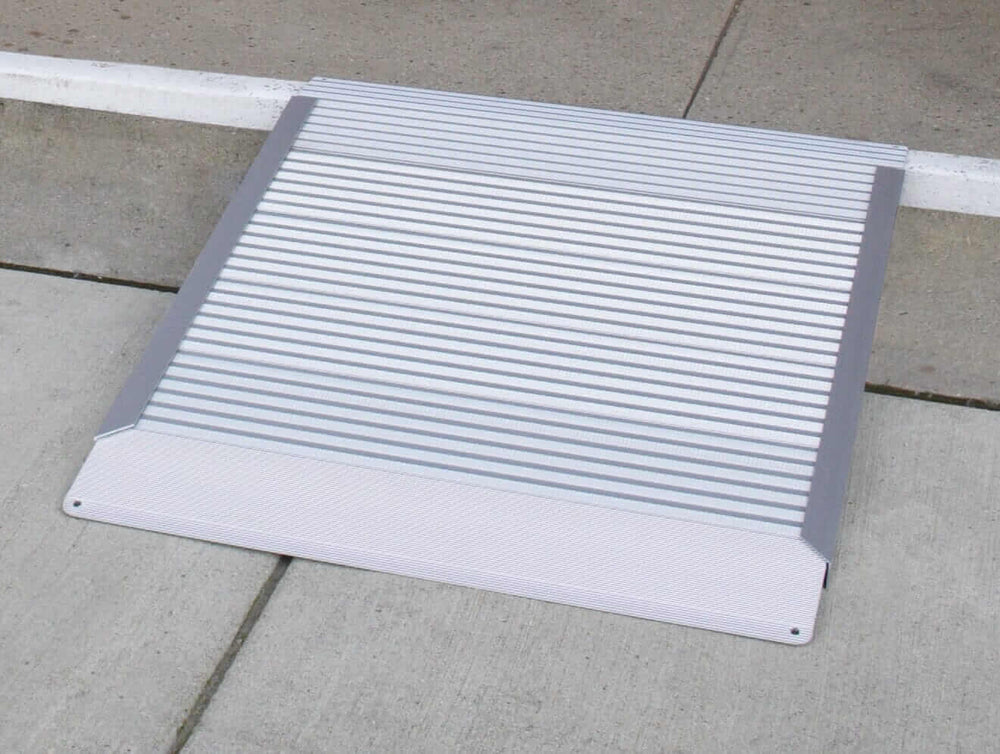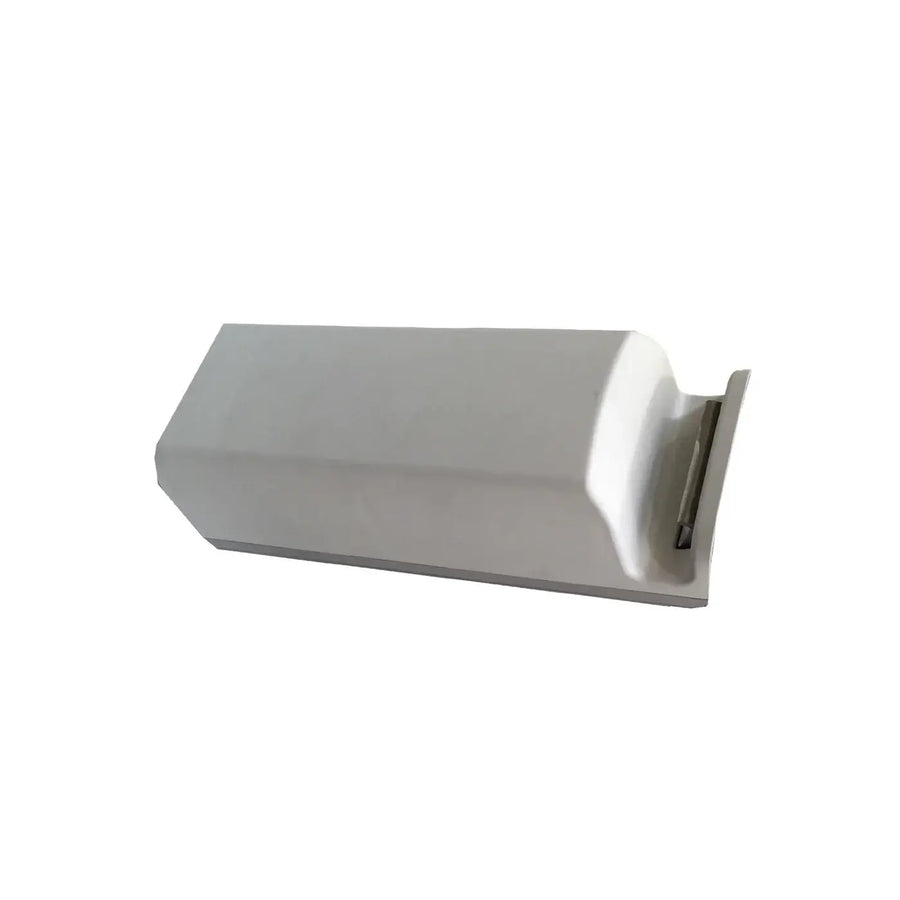Ramp Safety Tips Every User Should Know
Collaborating with architects and accessibility experts is crucial in optimizing disabled ramp construction and design. By incorporating diverse perspectives and expertise, we can create ramps for wheelchairs that not only meet safety requirements but also enhance the overall user experience. Investing in quality construction and design sets the foundation for safe and reliable wheelchair ramps for everyone, including those requiring a wheelchair handicap ramp.

Inclusive Design Principles
Inclusive design principles should guide ramp construction to ensure that they cater to the diverse needs of users. Considering factors such as visibility, handrail usability, and landing space dimensions can significantly improve the safety and usability of ramps for disabled people. By prioritizing inclusive design, we promote equal access and empower individuals to navigate built environments with confidence.
Maintaining Ramp Accessibility for All Users
The process of designing and constructing wheelchair ramps is a meticulous dance between form and function. Every slope, railing, and landing is carefully planned to ensure safety without compromising usability. Engineers and architects collaborate to create structures that not only meet regulatory standards but also blend seamlessly with the surrounding environment.
Materials play a crucial role in ramp construction, balancing durability, affordability, and aesthetics. From classic concrete to modern composite materials, each choice impacts the ramp's longevity and visual appeal. The goal is to craft ramps that are not just utilitarian but also visually appealing, enhancing the overall ambiance of the space.
Accessibility is at the core of ramp design, with every detail tailored to accommodate diverse needs. The width of the ramp, the texture of the surface, even the placement of handrails—all are thoughtfully considered to provide a smooth and secure passage for wheelchair users and individuals with mobility aids. It's a delicate balance of practicality and design innovation.
Moreover, ramp construction is a collaborative effort that involves input from accessibility experts, construction professionals, and end-users. User feedback plays a crucial role in refining ramp designs, ensuring that the final product meets the specific needs of the community it serves. In the world of ramp construction, inclusivity is not just a goal; it's a guiding principle.
Educating Users on Ramp Accessibility
Educating users on the importance of maintaining ramp accessibility is essential in fostering a culture of safety and inclusivity. Providing guidance on proper ramp usage, etiquette, and reporting mechanisms for maintenance issues can empower users to actively contribute to ramp safety. By promoting awareness and accountability, we collectively uphold the integrity of ramp accessibility.
Ramp maintenance should be viewed as a proactive investment in safety and usability, rather than a reactive response to issues. By establishing regular maintenance schedules, conducting thorough inspections, and addressing issues promptly, we can ensure that ramps remain safe and accessible for all users. Prioritizing maintenance elevates the standard of ramp safety and reflects our commitment to inclusivity.
Implementing Safety Measures in Ramp Usage
Safe ramp usage involves following specific guidelines and practices to minimize risks and ensure user safety. Strategies such as maintaining a steady pace, using handrails for support, and avoiding sudden maneuvers can prevent accidents and injuries while using ramps. By practicing safe usage habits, individuals can navigate ramps with confidence and ease.
User awareness and education are key components of promoting safe ramp behavior. Providing information on proper ramp etiquette, weight limits, and cautionary measures can help users make informed decisions and reduce the likelihood of accidents. By empowering users with knowledge, we equip them to use ramps responsibly and contribute to a safer environment.
Utilizing mobility aids and assistive devices correctly is vital in ensuring safe ramp navigation for individuals with disabilities. Understanding how to maneuver wheelchairs, walkers, or mobility scooters on ramps can enhance user safety and prevent accidents. By promoting proper device usage and offering guidance when needed, we support individuals in using ramps effectively.
Encouraging a culture of mutual respect and consideration among ramp users fosters a safe and harmonious environment for everyone. Practicing patience, yielding to oncoming traffic, and assisting those in need are gestures that promote safety and inclusivity on ramps. By embodying respect and empathy in our interactions on ramps, we contribute to a positive and supportive community.
Emergency preparedness is a critical aspect of ramp safety, as unforeseen situations can arise during ramp usage. Knowing emergency procedures, including evacuation routes and rescue protocols, is essential for ensuring user safety in challenging scenarios. By staying informed and prepared, we can respond effectively to emergencies and prioritize user well-being on ramps.
Choosing the Right Ramp Slope
Choosing The Right Slope for a wheelchair ramp is crucial for ensuring safety and ease of use. According to the Americans with Disabilities Act (ADA) guidelines, the ideal slope for a wheelchair ramp should be 1:12, meaning for every inch of rise, the ramp should extend 12 inches in length. This gentle slope is manageable for most users, including those using wheelchairs and other mobility aids.
For residential settings, a steeper slope may be acceptable, but it is important to balance space constraints with usability. Ensuring that your ramp meets these standards can prevent accidents and make navigation easier for users. Additionally, considering factors such as the user's strength, the type of wheelchair or mobility device, and the environment (e.g., indoor vs. outdoor) will help in selecting the most appropriate slope. Regularly checking and maintaining the ramp will ensure it remains safe and accessible.
Promoting Safe Ramp Usage
Ramp safety is not solely about physical structures but also about creating a welcoming environment for everyone. By implementing safety measures, maintaining accessibility, and promoting awareness, we can make ramps safer for all users. Remember, a safe ramp benefits everyone and contributes to a more inclusive and secure environment.
Let Us Know What You Think!
Your thoughts and questions are incredibly valuable to us, and we'd love to hear from you. If you have additional insights to share, your comments can spark meaningful discussions and enhance the collective knowledge of our community. Don't hesitate to ask any questions you may have; our team is here to provide answers and engage with you. So, please, take a moment to leave a comment or question below. Your input is much appreciated!







Leave a comment